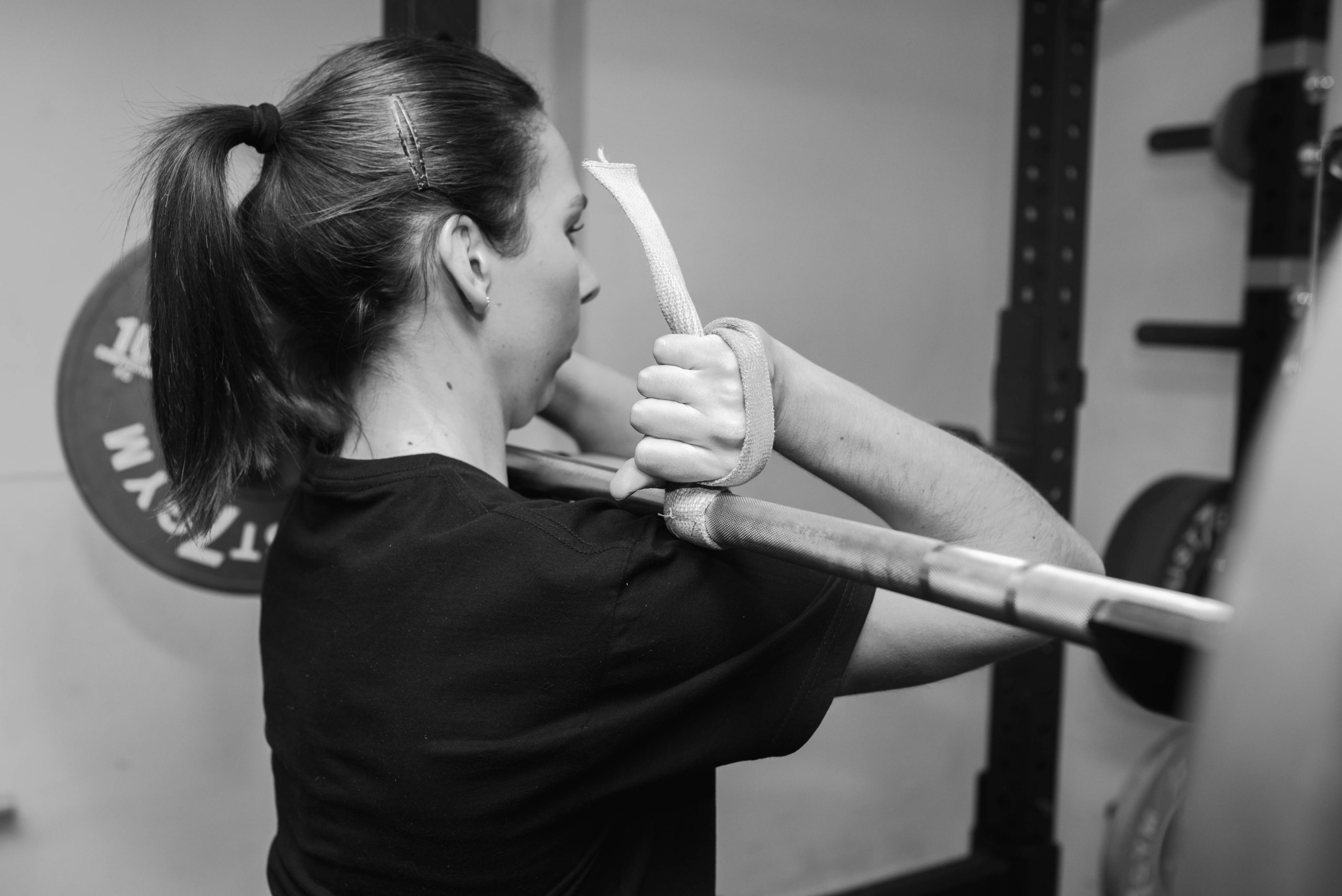
The chance of ACL tear in female athletes has been found to be 2 to 10 times higher than in male counterparts. For example: The incidence of female to male is 3.5 times greater in basketball and 2.8 times greater in soccer.
Q – ANGLE
One of the most important bio-mechanical differences is that women have a wider pelvis than men, due to women needing additional space for child bearing. The angle at which the femur and tibia meet is known as the Q angle. This increased angle not only concentrates greater stress on the knee, but also exerts an outward pull on the patella. Of the four quadriceps muscles, only one, the vastus medialus oblique (VMO), pulls on the patella medially. To negate the effects of women’s greater Q angle, exercises which strengthen the VMO, must be performed.
AEROBIC TRAINING
Another factor is responsible for the higher rate of knee injuries in American female athletes is the use of aerobic training. Aerobic training increases the odds of getting an ACL tear because your “fast twitch” Type IIb fibers will atrophy, and because most aerobic training is not done through a full range of motion.
It’s been shown that as little as eight weeks of endurance training will cause the faster muscle fibers to behave like the slower, weaker muscle fibers.
References:
Liu Y., Lormes W., Reissnecker S., et al. – Effects of high-intensity and low-intensity endurance training on myosinheavy chain isoform expression in highly trained rowers. International Journal of Sports Medicine. 2003.
Kraemer W., Patton J., Gordon M., et al. – Compatibility of high-intensity strength and endurance training on hormonal and skeletal muscle adaptations. Journal of Applied Physiology. 1995.
OTHER REASONS
Hormonal
Femoral notch
Neuromuscular
Core stability
STRENGTH TRAINING
The ratio of male-to-female knee injuries was the same when they followed the same strength training protocols.
The two greatest factors for ACL tears are a weak vastus medialis (a quadriceps muscle that crosses the knee) and a weak hamstring-to-quadriceps ratio. The simplest way is look at the ratio of your back squat to your front squat.
“Your front squat should be 85 percent of your best back squat; from our experience this signifies the appropriate ratio between the quads and both the hip extension and knee flexion functions of the hamstrings.” – Charles Poliquin
– VMO exercises:
Back Squat
Tiptoe Lune Hold
Terminal Knee Extension
– Hamstring exercise:
Knee flexion: Leg Curls
Hip extension: Romanian Deadlift
Thank You
Artur Pacek



